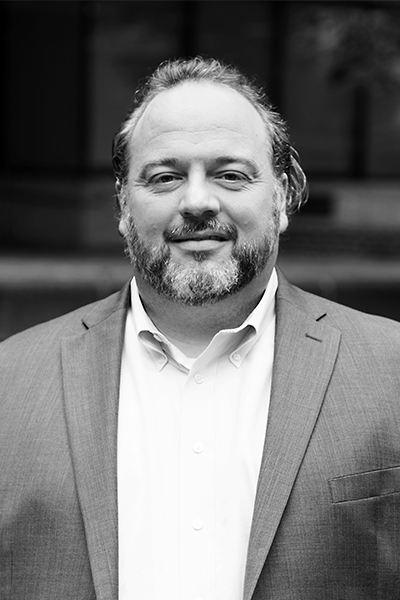As the vice president of product of strategy for the American Institute of Architects (AIA), Jeffrey Raymond is used to dealing with projects on a large scale. He spent twelve years in airport master planning, deploying enterprise-grade systems. It meant huge projects with numerous stakeholders, and for Raymond, it meant developing critical communication skills.

“The ability to work with a stakeholder and engage with them in a way that’s supportive and productive of the outcome was something I learned early on in my career,” Raymond says.
It’s a skill that Raymond has found imperative at all of his career stops and what he considers essential to the digital transformation process. It’s how Raymond and a small “tiger team” have helped the AIA dramatically evolve not only on the tech front but also with positive implications for the entire organization.
Raymond, who has been with the AIA for ten years, is the first to admit that spurring change is a difficult concept to sell—and one he didn’t have success in early on. Working from a pure technology-governance model didn’t seem to be doing enough to encourage more business-centered thinking around IT. “It was pretty unsuccessful because when you’re part of an IT team, they’re not looking for that level of organization influence to come out of IT,” Raymond says. “It’s really hard to say as an organization that we should limit how we’re doing our projects around some governing model or around an ROI model.”
The AIA was willing to let Raymond, a handful of other insiders, and several outside experts take a bigger shot at developing what amounted to new operations, procedures, and more. “We stood up under the guise of a team with direct access to senior leadership and stood outside the regular lines of business for the organization with a clear charge that our job is organizational change,” Raymond says. “It takes a huge amount of executive buy-in in order to get that done.” Raymond sees that change as the shakeup that AIA needed in order to take a step back and give itself permission to do things differently.
Defining digital transformation for Raymond means more than introducing new technology to solve problems. “That’s really just replatforming,” Raymond says. “Digital transformation is a rethinking of how you’re engaging with your audiences. It’s really a customer-centric approach to getting outcomes that are going to be significant to them.”
Four years into the transformation effort, Raymond says the temporary team is now part of the organization, and that the company is looking at its successes to see how they could benefit the association at large. “The organization has accepted the outcomes of what we’re doing, is seeing the return, and they’re happier to have us around,” he says with a laugh.
Raymond believes achieving that buy-in and trust not only made the transformation go well, but it also offered wider benefits than anyone saw coming. “That executive level buy-in was a huge part of the prep work that went into doing this exercise,” he says. “It’s how I approach most of the work I do on an ongoing basis.”
Photo: Courtesy of AIA
